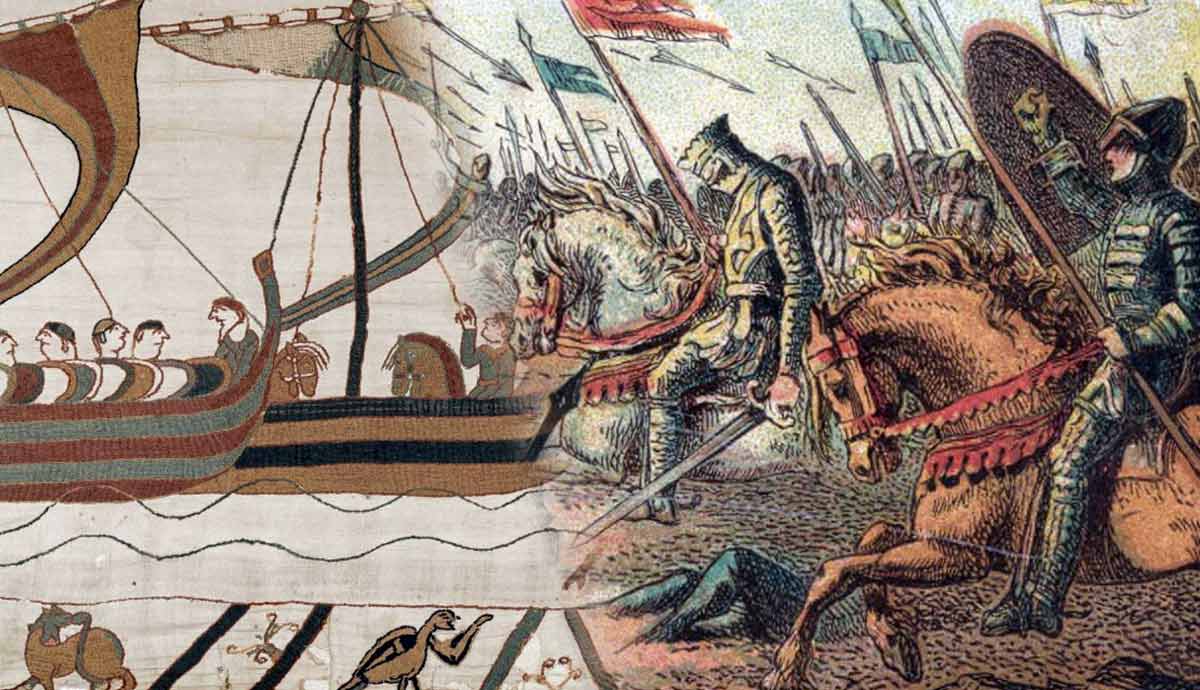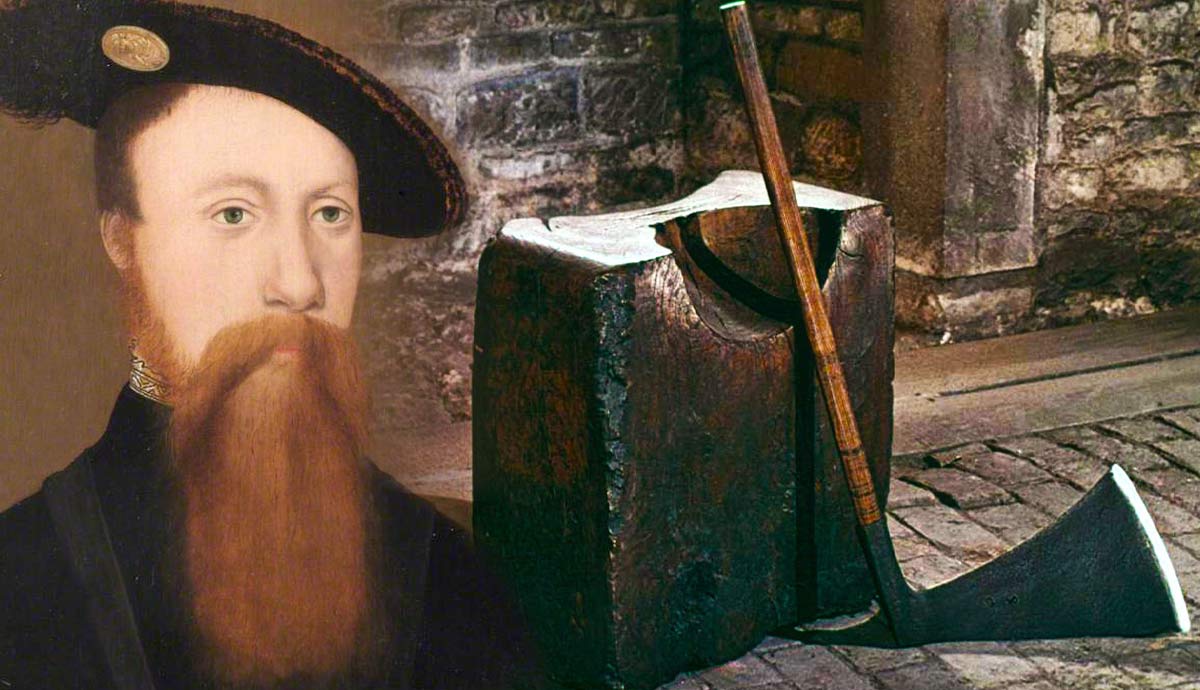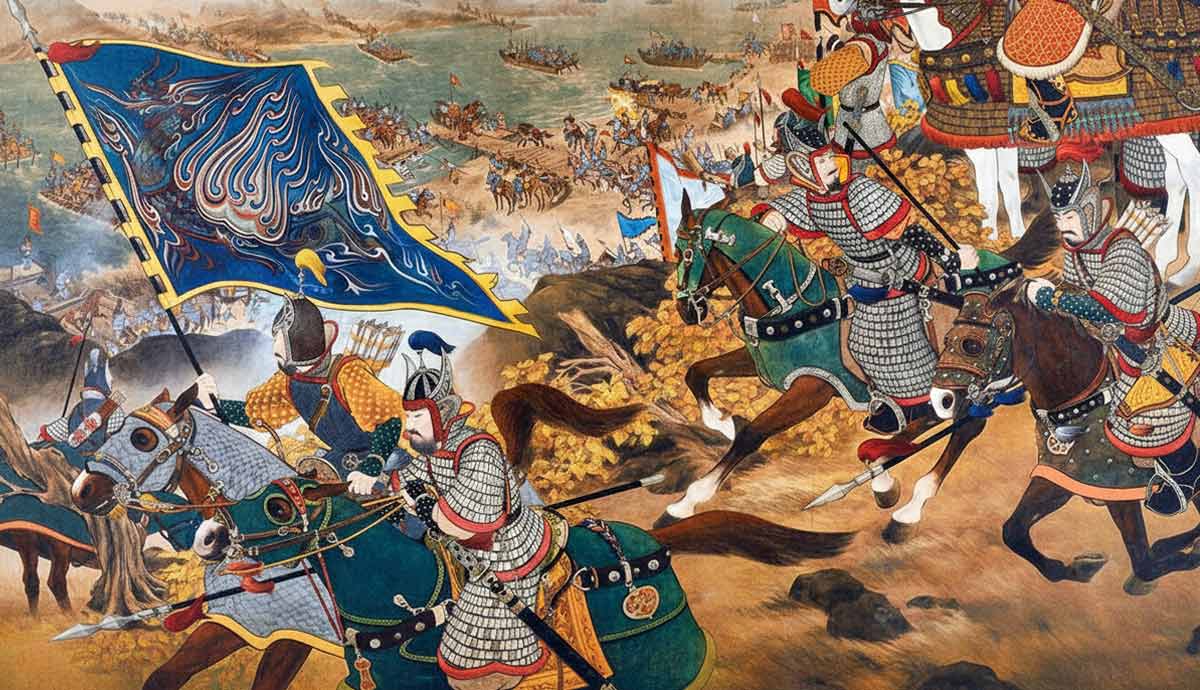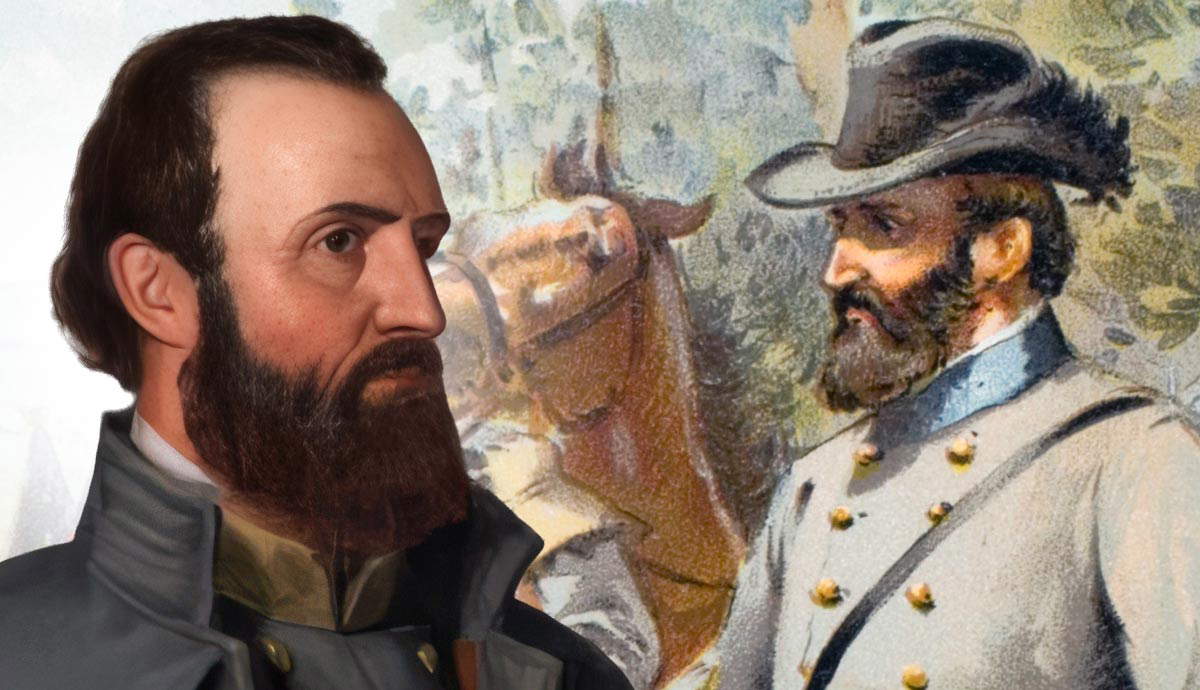
After the Battle of Fort Sumter in April 1861, the nation was embroiled in a civil war. Both the Union and the Confederacy rushed to mobilize. The capital of the Confederacy was moved from Montgomery, Alabama to Richmond, Virginia, giving many Northerners the impression that the war could be ended swiftly by seizing Richmond. The two warring capitals–Richmond and Washington DC–were only 100 miles apart!
Victory Goes to the Confederacy

The first major battle of the US Civil War saw both sides relatively unprepared. Despite the advice of general-in-chief Winfield Scott, Union President Abraham Lincoln caved to public pressure to attack quickly. Most of the Union forces were volunteers who had signed up for only 90 days! Famously, many Union civilians thought the war would be over quickly and even wanted to witness the battle. On July 21, 1861, a number of civilians, including congressmen and dignitaries, watched the battle and expected the rebels to turn tail and run.
Instead of an expected quick victory, Union forces found themselves facing a more than equal force of Confederates – though both were similarly inexperienced and untrained. In their first major battle, both sides had similar-looking uniforms and insignias, creating confusion. However, the Confederates received reinforcements during the battle, turning the tide. Individual Union commanders also failed to press their advantages after winning skirmishes, giving the Southerners time to regroup. In the end, the Union army retreated to Washington DC, with the exhausted Confederates unable to pursue them.
Timeline of the First Battle of Bull Run

On July 16, 1861, a Union army led by General Irvin McDowell was prepared to end the rebellion against the United States. It marched out of Washington DC, and headed south toward the Confederate capital of Richmond, Virginia.
Two days later, McDowell’s troops neared Manassas, Virginia and were eventually stopped by a stream known as Bull Run. On the other side of the stream waited a Confederate army under General P.G.T. Beauregard. Although McDowell’s troops initially well outnumbered those of Beauregard, the Confederacy quickly sent reinforcements via railroad.

At approximately 2:30 AM on July 21, the Union army began to march toward battle, with fighting commencing about three hours later.
The Confederates used the new technology of signal flags to notify units of Union positions and prevent being overrun. By 10:00 AM, the two sides were engaged in ferocious combat, and the Union forces scored some minor victories. However, Confederate reinforcements arrived, and troops were inspired by the valiant defense given by young general Thomas Jackson, giving him the nickname “Stonewall.” Confusion reigned, to the Confederates’ benefit, when Union forces stopped firing in the mistaken belief that they were firing on their own troops.
In the late afternoon, following the mistaken “friendly fire,” Stonewall Jackson’s troops charged forward while screaming, breaking the Union lines. The Union army retreated that evening and returned to Washington DC.
What Caused the First Battle of Bull Run?

Although the Confederate Constitution was created in Montgomery, Alabama in February 1861, before the Battle of Fort Sumter kicked off the Civil War, the city of Richmond, Virginia was chosen as the Confederate capital. The decision to place the capital in Virginia, and so close to the Union capital of Washington DC, was likely to inspire Virginians to fight hard for victory. Additionally, Richmond was the second largest city in the Confederacy and one of the few with an industrial base and a railroad hub. A final reason for the selection of Richmond was Virginia’s historic role in the American Revolutionary War, giving some historical weight to the new Confederacy.
Inevitably, choosing Richmond as the Confederate capital meant that the Union could attack it quickly from Washington DC. This was the goal of what became the First Battle of Bull Run: march in from DC and capture Richmond, thus ending the rebellion swiftly. President Abraham Lincoln was pressured into moving more quickly than following Winfield Scott’s Anaconda Plan of using a naval blockade to apply economic pressure to the South. Scott wanted to take time to train Union armies before striking the Confederacy, as well as focusing on the Western Theater rather than concentrating the fighting close to Washington DC.
Why Was the First Battle of Bull Run Significant?

The First Battle of Bull Run was significant in that it signaled the true seriousness of the American Civil War and the South’s rebellion. Many had thought the Confederacy would crumble swiftly when faced with a true invasion in force, but this did not occur. Instead, the Union armies were sent reeling back to Washington DC. Both sides now realized the true nature of the conflict…and that it would not be resolved quickly. This gave the Confederacy brief hopes that the Union would propose a peace deal and allow the secession to stand, but this did not happen.
Secondly, both militaries realized that more training and preparation were needed. Both forces at First Bull Run were inexperienced and learned about the hardships and horrors of war the hard way. As the South celebrated its first victory, Union President Abraham Lincoln criticized many of his generals, who had seemed overly cautious and had not tried to capitalize on their victories. Everyone knew one thing: this would be a brutal, complex war; nobody would simply be able to march into the opposing capital and capture it.
5 Facts About the First Battle of Bull Run

1. Casualties
The first substantial battle of the American Civil War saw almost 5,000 total casualties. Roughly 3,000 were inflicted on Union troops, while about 2,000 were inflicted on Confederate troops. While there was not a huge difference in the number of killed and wounded, though the Union suffered more of both, many more Union soldiers were listed as missing or captured. Part of this discrepancy may have been due to the fact that the Union retreated back to Washington DC, leaving the battlefield near Manassas, Virginia in the hands of the Confederates.
2. Commanders
Union forces were led by Brigadier General Irvin McDowell, a West Point graduate (class of 1838) and staff officer during the Mexican-American War. McDowell’s appointment to lead the new Union Army, the Army of Northeastern Virginia, was controversial due to the general’s lack of field experience. After his defeat at Bull Run, McDowell was swiftly replaced by General George McClellan, who fought at the Battle of Antietam the following year, and the Army of Northeastern Virginia was replaced by the Army of the Potomac. McDowell would later be defeated again at the Second Battle of Bull Run, resulting in him being transferred to California.
Confederate forces were led by Brigadier General P.G.T. Beauregard, a fellow West Pointer and Mexican-American War veteran. Beauregard began the American Civil War three months before the First Battle of Bull Run with his bombardment of Fort Sumter, South Carolina. After Beauregard’s victory at Bull Run, he was sent to the Western Theater, where Ulysses S. Grant defeated him in the Battle of Shiloh. In 1863 and 1864, he fought defensive engagements in the Eastern Theater. After the war, Beauregard retired to Louisiana and became a wealthy businessman.
3. Number of Forces Involved
McDowell marched south toward Richmond with about 35,000 troops, though not all were effectively committed to battle. The Confederates began the battle with fewer troops but were able to bring in reinforcements via railroad, allowing them numerical superiority on the battlefield: 32,000 to 28,000. The battle was the largest that the United States had seen up to that point, as well as the most destructive.
4. Visiting Manassas, Virginia Today
Manassas National Battlefield Park allows visitors to see the site of both the First Battle of Bull Run (July 1861) and the Second Battle of Bull Run (August 1862). There is a 1-mile hiking trail that takes visitors around the important sites of the First Battle of Bull Run and ranger-guided walking tours exist for both battles. The Henry Hill Visitor Center is the primary site for visitors interested in the first battle; those interested in the second battle can check out the Brawner Farm Interpretive Center.
5. Trivia: Rampant Confusion With Uniforms and Flags
During the First Battle of Bull Run, there was considerable confusion over who was who. Many Confederates wore blue, a common uniform color, and units’ flags were similar. Only after the Civil War did the popular imagery of Union troops wearing dark blue and Confederate troops wearing light gray become ingrained in the public eye. Additionally, it was only after the First Bull Run that the Union settled on blue as its uniform color, with standardization across the board not occurring until the middle of the war. Due to economic struggles, the Confederacy was less successful at achieving standardized uniforms, with the gray dye often wearing out and giving uniforms a yellowish undertone.
The “stars and bars” Confederate battle flag, often mistaken for the official flag of the Confederate States of America, was chosen by Confederate generals Joseph E. Johnston and P.G.T. Beauregard after the Battle of First Bull Run to avoid confusion with Union flags. The battle flag was designed by William Miles and formally presented to dignitaries in November 1861. However, it never achieved universal use and only achieved its iconic reputation after the war.
Aftermath of First Bull Run: A Long, Hard Civil War

The Confederate victory at the First Battle of Bull Run revealed that there would be no quick end to the rebellion. Having routed McDowell’s Army of Northeastern Virginia, the South was emboldened to hold out and fight for independence. The North realized it would have to increase its mobilization and broad use of force – the South was not bluffing. This escalation would continue throughout the war, peaking in the autumn of 1864 after the Battle of Atlanta when Union general William Tecumseh Sherman decided that “total war” was the only way to break the South’s continued resistance.
Intensifying the Union’s combat efforts after the loss at First Bull Run largely fell to President Abraham Lincoln, who often felt early in the war that his generals were being too cautious. In January 1862, Lincoln issued General War Order No. 1, urging all land and naval forces to move against the Southern rebellion. That spring, General George McClellan and the Army of the Potomac tried to capture Richmond a second time in the Peninsula Campaign, this time trying to go around Richmond and capture it from the south with a much larger force of fully-trained Northerners.










